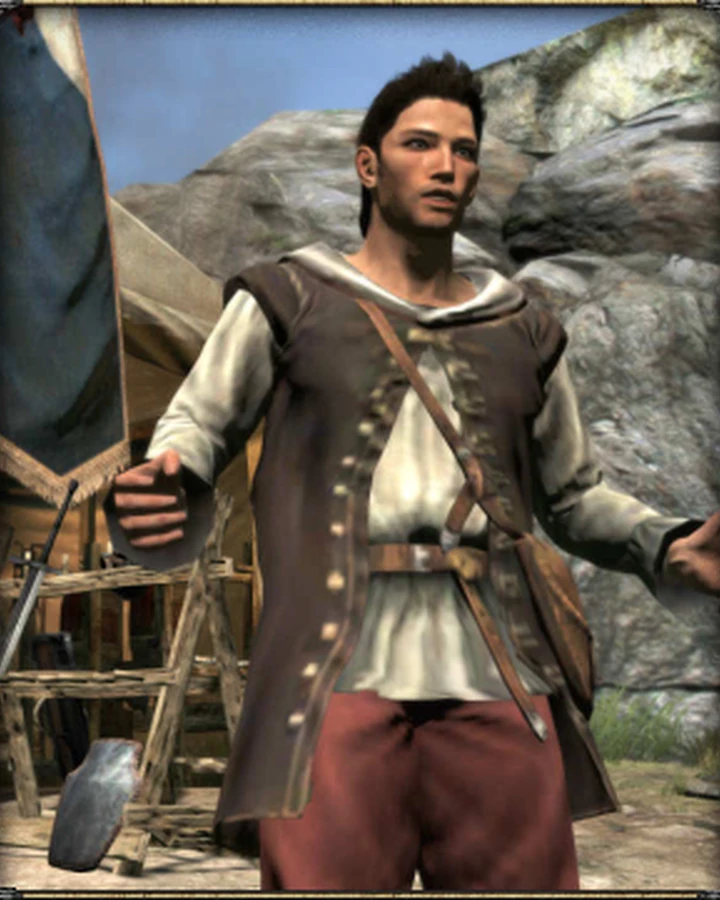
Now that this crazy dream of publishing a book has come true, I’m getting a lot of questions about how I got published, what my journey was from hopeful to holding my book in my hands, and I’d like to pay it forward, share some of my experiences to hopefully help others.
Getting traditionally published was a barrier I wanted to cross for years and at times it felt more like a wall or a summit I’d never reach. Often, it felt impossible.
I wish I had an easy answer, some formula I’ve worked out. Unfortunately there’s not an easier answer than to persist. But there are lessons I learned along the way. Here are a few.
Traditional publishing is an ever-shifting market. Today vampires are in. Tomorrow they’re out. Oh they’re back, but only for a moment – that kind of thing. We’re often told to not chase the market for good reason: that way lies madness.
When I started writing White Trash Warlock, urban fantasy was dead. Even long running series like Kim Harrison’s Hollows were on hiatus.
I’ve been called lucky, and yes, I do think luck and timing have a lot to do with it, but luck is only one component. The only thing you can completely control is your writing, your approach to it, and whether or not you give up.
That’s the most important thing, to persist, to not give up.
The next part is more practical. How do you do it? What do you do? So here’s the advice I wish I’d gotten.
Otherwise, if I could do it all over, from the beginning, I’d do it like this:
Before I ever put words to screen or fingers to keys, I’d buy three first books by successful authors in the genre I want to write in.
They need to be first books because your first book is going to be just that, a first book. One thing many of us try to do is write Mistborn (Brandon Sanderson’s second published book) when we should realize our first book is going to be Elantris (his first one) – realizing that I was writing a first book would have helped a lot. You have to walk before you can run or fly.
I would have written an 80,000 word standalone before I tried to tackle an epic fantasy trilogy. Note: that at this time I have not published an epic fantasy trilogy. I’ve published an 80,000 word urban fantasy, which is the fifth book I wrote.
Back to those first books you just bought. You’re going to dissect them. Read them carefully, just as a reader. Then, whether you liked them or not, cut them apart. Literally take off the spine and separate the pages.
Create a spreadsheet and outline each book, adding columns for a one or two sentence plot summary per scene, then word count by scene, adding it up into chapters and the entire book. Track the plot twists, reveals, the surprises, etc. Include a column for the point of view character and for what they’re feeling at the beginning and at the end. Pay special attention to the total word count (because inappropriate word count for their genre is often what gets new writers rejected by agents and editors).
Note that outlining them this way isn’t so you can use the plot. It’s so you can learn how to plot, pacing, etc.
When you’ve done all of that for three books, make a fresh spreadsheet and start plotting the book you want to write. Make a detailed plan, scene by scene. For me, this requires a lot of talking the plot through with my poor partner and writer friends.
Oh yeah, and get writer friends. It would have sped things up considerably if I had gone to writing conferences like Pikes Peak Writers or Rocky Mountain Fiction Writers much sooner. You don’t have to travel far to find them. There are conferences everywhere, and with Covid many are virtual at the moment.
Once you’ve made a detailed plan, start writing.
Write the entire book, no going back to edit or rewrite except little things when needed. When you’ve written the entire book, without editing until you have a complete draft, then go back and edit it. Repeat this process until you have the best book you can write.
It’s much easier to edit a completed book than a incomplete one. Once you know where you’re going, how it ends, you can go back and seed the ending into the earlier chapters.
If you get lost, go back to your spreadsheet, update it, and chart your book.
Up to this point, I’d likely keep the book to myself. The only people I’d really talk to about it are those I trust to talk through the plot. Feedback at the wrong point can kill your enthusiasm. Books are like mushrooms. They need to gestate in the dark.
Once you’ve written the book and edited it, then it’s time for feedback.
You might at this point feel a sense of accomplishment, which you should, but it’s not yet time to seek an agent or editor.
Start with a critique group.
Choosing critique partners is a careful process. You need to give to get, and you need to choose partners who are at your level or above. (I’ll write a post on the pros, cons, and pitfalls of critique groups soon). Many writing conferences can help you find or form a critique group.
This is a good time to mention that feedback is a careful dance. You need it to improve. You need to be open to it (and if you’re unwilling to take input traditional publishing likely won’t be a good fit for you). That said, feedback comes with caveats: if the suggested changes don’t click with your gut, with what you want for your book or your vision for it, ignore the feedback. Keep an open mind though, think it over, and consider the feedback before you reject it.
After working with the group to keep polishing and fix any issues, if you could afford it, hire a strong freelance editor who can help you level up and further coach you to strengthen your book. This is an investment so make sure the editor can help you specifically. Ask them to edit a sample chapter or talk to their clients. Make certain they’re a good fit before you throw money at an editor.
Please note that critique groups and editors are like therapists and gaming groups: eventually you’ll outgrow them and need to move on to ones who can challenge you and level you up further. The editor should be teaching you to improve so you need less of their help as you advance in your craft.
Once that’s all done, and the book had been as polished as I could make it, I’d start looking to query agents. This is a hefty process. The conferences will have plenty of sessions on how to query. There are also great resources on the topic like Angie Hodapp’s Query Craft: The Writer-in-the-Know Guide to Getting Your Manuscript Requested.
Of course everything above is how I would do it, not how I did it.
I started writing my first book years ago, and it was a mess. It got a full request from an agent I admire but that earned a quick rejection. From there I wrote two more novels, then started rewriting the first three. The second one, after many rewrites to apply my craft, got me an agent.
The road from that to writing and selling White Trash Warlock is a convoluted story I’ll save for another day.
But I came very close to giving up over the years, and when I got so low that I was starting to think of quitting, I started something entirely new. I wrote it just for myself, ignoring the market, because well, urban fantasy was dead. I thought maybe I’d put it on Wattpad or my website—use it as way to draw an audience. I wanted to write something without any pressure, something personal that maybe just I would love.
That book became White Trash Warlock.
So in short, don’t chase the market. Get friends who understand. But most of all, persist. Keep writing and practicing, even if it’s just to spite the people who said you couldn’t.







Recent Comments